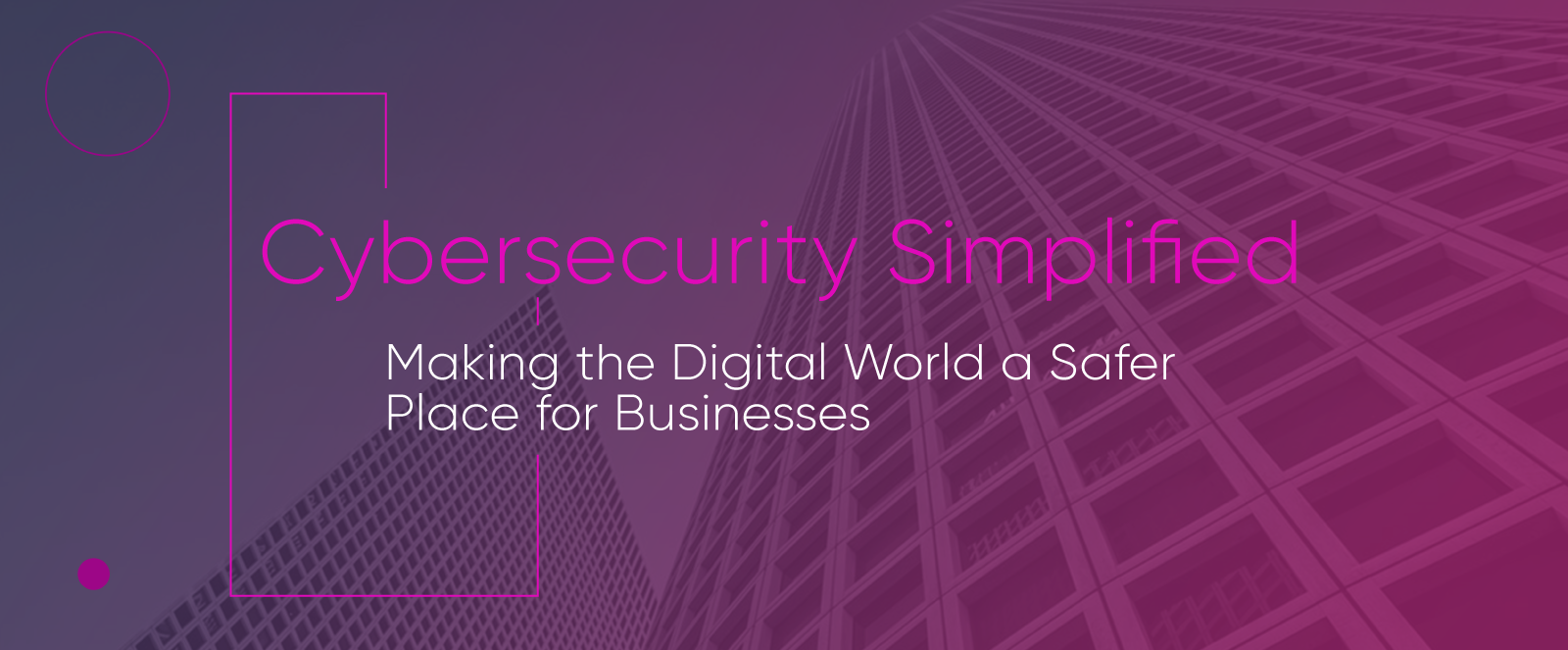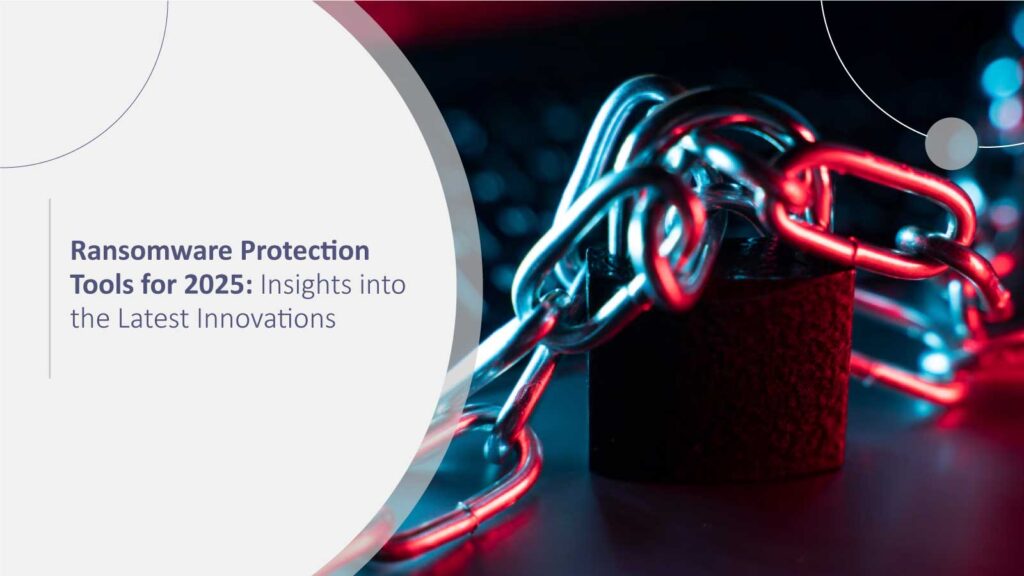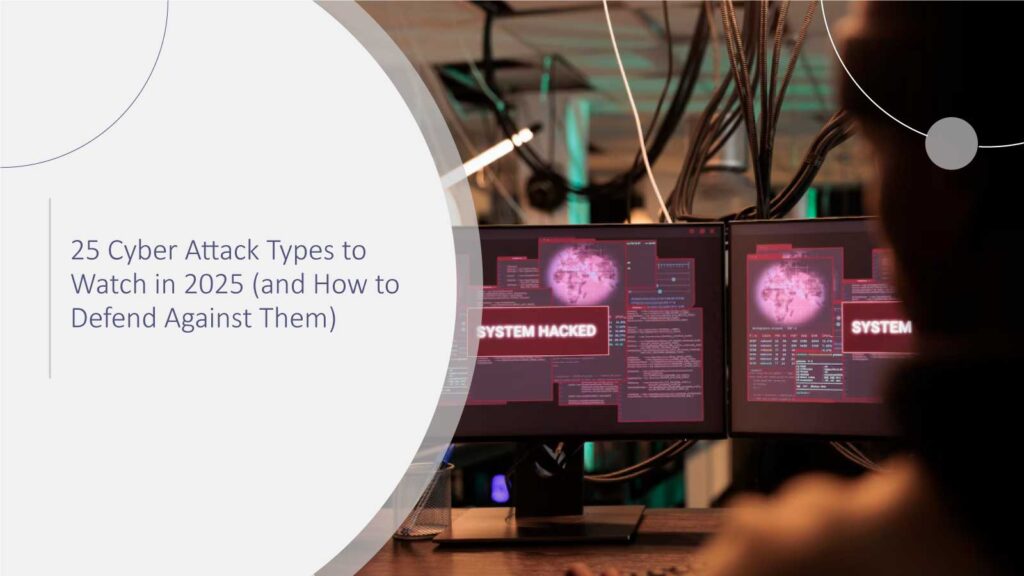
To the Next Generation of Cybersecurity Leaders and Security professionals
As you step into the dynamic world of cybersecurity and cyber intelligence, I want to share with you the challenges and opportunities that are defining our industry in 2024. The landscape has shifted dramatically in recent years, and as we heading to 2025, one thing is clear.
The role you’re stepping into will be one of constant evolution and responsibility.
This year, organizations across the globe have faced an unprecedented surge in cyber risks and disruptions. Economic pressures, compounded by geopolitical uncertainty, have led to workforce reductions, budget constraints, and a heightened focus on doing more with less. However, as much as the challenges are growing, so too are the threats—cyber incidents, data breaches, and ransomware attacks have escalated, with the consequences becoming ever more severe.
At the same time, we’re living through a technological revolution. Artificial intelligence (AI) and automation are rapidly transforming how we approach everything from incident response to threat detection, enabling us to scale and stay ahead in a fast-paced environment. But as these technologies hold tremendous potential for improving efficiency and agility, they also bring new complexities. With AI, for example, we gain powerful tools for predictive analysis, but we also introduce new attack surfaces and vulnerabilities that we must defend against. Striking a balance between leveraging these technologies and securing them is a key challenge.
In this environment, cloud security, identity management, network defense, and password management are all essential pillars of a comprehensive cybersecurity strategy. The shift to the cloud has dramatically altered how we think about security, demanding a shift from traditional perimeter defenses to a more distributed and dynamic approach. Identity management is now the frontline defense against insider threats and external breaches, while password management is no longer just about creating complex passwords but about ensuring that access control policies are robust and continuously evolving.
But beyond the technical aspects, the most important thing you need to understand is the growing pressure on cybersecurity teams. Resource constraints—both human and financial—are stretching teams thin, and we must constantly innovate to stay ahead of increasingly sophisticated cyber threats. That’s where you come in. As new professionals in this field, you have the opportunity to be the driving force behind the adoption of advanced tools and methods that will shape the future of cybersecurity.
AI and automation aren’t just buzzwords—they’re critical to how we approach security at scale. And you’ll be the ones who not only use these tools, but who also help design, implement, and refine them. You’re stepping into a field where your work will help organizations reduce risk, prevent disruptions, and maintain trust with customers and stakeholders.
As you embark on this journey, remember that the challenges are complex and the stakes are high, but the rewards are immense. The work you do will have a profound impact on your organization’s ability to thrive in a world that is more interconnected, more reliant on technology, and more vulnerable to cyber threats than ever before.
Welcome to the future of cybersecurity.
Sincerely,
Sudipto Ghosh
Head of Global Marketing
Intent Amplify™






